In the framework of the European Researchers' Night on Friday 29 September 2023, the researchers from University G. d’Annunzio of Chieti-Pescara (UdA) organized the laboratory “measuring the magnetic field of living matter”, where the concepts and the systems have been presented with some demonstrators.




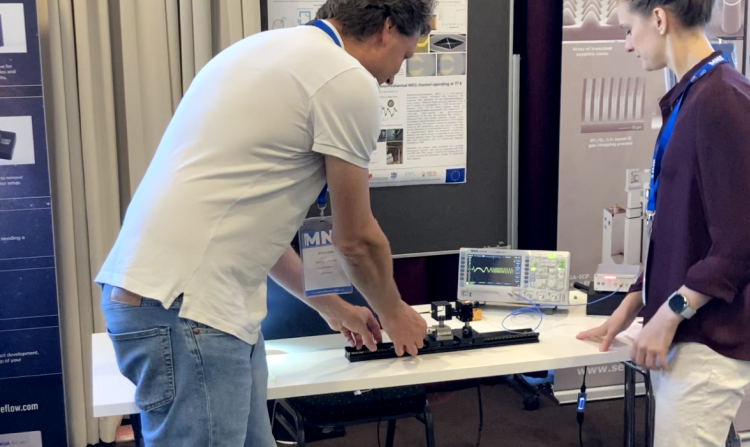
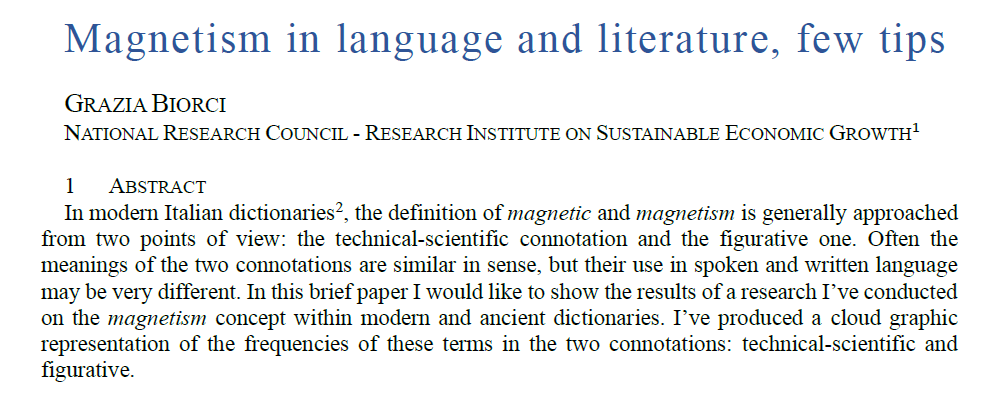

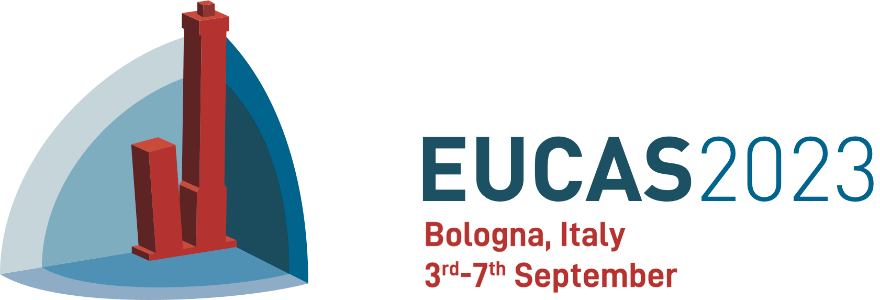



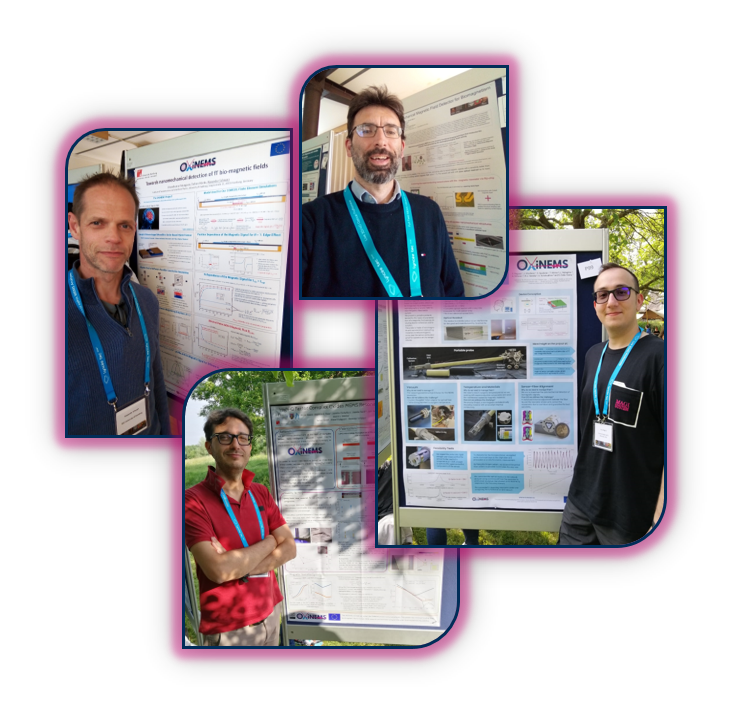
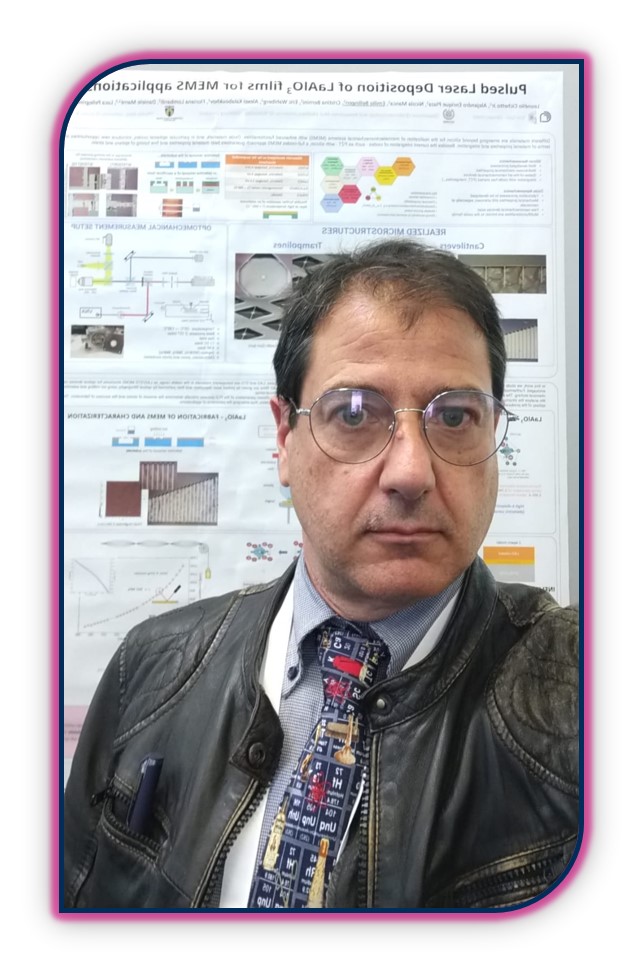
 This project has received funding from the European Union’s Horizon 2020 research and innovation programme under grant agreement N.828784.
This project has received funding from the European Union’s Horizon 2020 research and innovation programme under grant agreement N.828784.